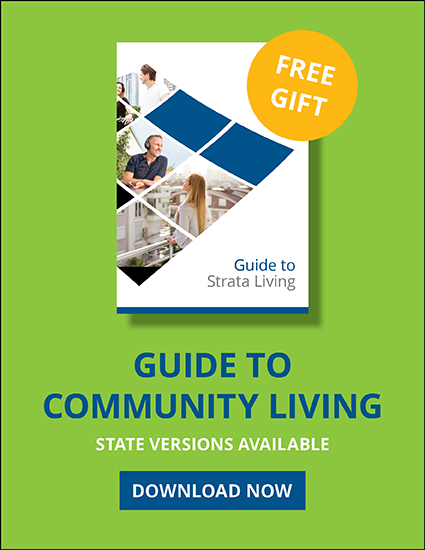Their construction may have caused headaches for those who own impacted businesses, but the country’s recent public transport project boom looks likely to see homeowners across the country laughing all the way to the bank.
As has been widely reported, population growth is placing unprecedented pressure on the country’s infrastructure networks, with the latest projections estimating that Australia’s population level could reach as high as 31.4 million by 2034.
This means the pressure has come on local and state governments to respond to the challenges faced by our largest cities by addressing the need for frequent and accessible public transport to reduce congestion and maintain liveability.
Currently there are more than $130 billion worth of transport infrastructure projects under construction to help adequately service this surge in population.
These include the $2.1 billon Sydney Light Rail project, Melbourne’s $11 billion Metro Tunnel, Brisbane’s $5.4 billion Cross River Rail and the $765 million station upgrade and extension.
Nationally there is also provision being made for a high speed rail corridor for the East Coast.
But what does all this mean for strata owners looking for a return on their investment or developers looking to build near where current or future train stations, bus stations or light rail networks are scheduled?
A 2016 study by Sydney firms Luti Consulting and Mecone Planning showed the significant effect public transport infrastructure has on nearby home values.
By analysing Sydney rail projects between 2000 and 2014, the report’s authors discovered that homes within 400 metres of a train station experienced a 4.5% increase in value.
Likewise homes 400m to 800m away attracted a 1.3% premium, while those 800m to 1,600m away attracted a 0.3% price bump.
While the results weren’t quite as dramatic, a 2011 study by Griffith University evaluating the direct accessibility valuation of proximity of residential property to the bus rapid transit (BRT) in Brisbane found that being close to BRT adds a premium to the housing price of 0.14%, for every 100 meters closer to the BRT station or 0.36% for every 250m closer to the BRT station.
There is also vast anecdotal evidence supporting the theory that real estate values for properties near good transport links typically show stronger growth than comparable properties without.
Research by property hub realestate.com.au notes that almost without exception, suburbs with good public transport links see higher engagement from people searching on their site.
The portal says more people save properties, send them to friends and return to visit properties multiple times in these suburbs than those without easily accessible public transport.
“Agents are also more likely to be contacted and photos of properties in high engagement suburbs are viewed more often. In dollars and cents, this all contributes to more competition for property and in turn, better price growth.”
Fun facts about transport
- Australians drive the equivalent of 1,000 times from earth to the sun every year
- In 2031, public transport crowding will grow five times to cost Australia $836 million per year
- An average household spends around $200 per week owning and operating vehicles
- Eight Sydney Opera Houses could be built with the annual subsidy to public transport
- Australia’s rail network is the length of a return trip to London from Sydney
- Sydneysiders made 3 million additional monthly trips on public transport between 2016 and 2018
- 18% of Melbournians used public transport to travel to work in 2016
Drivers in Adelaide can expect to spend around 60% of their travel time in congestion - The cost of public transport crowding for people living in Brisbane is expected to rise to $90 million by 2031.
To discuss your property’s strata management needs or receive a FREE management proposal contact our friendly team. We also offer more helpful resources and community living news in our FREE newsletter.








